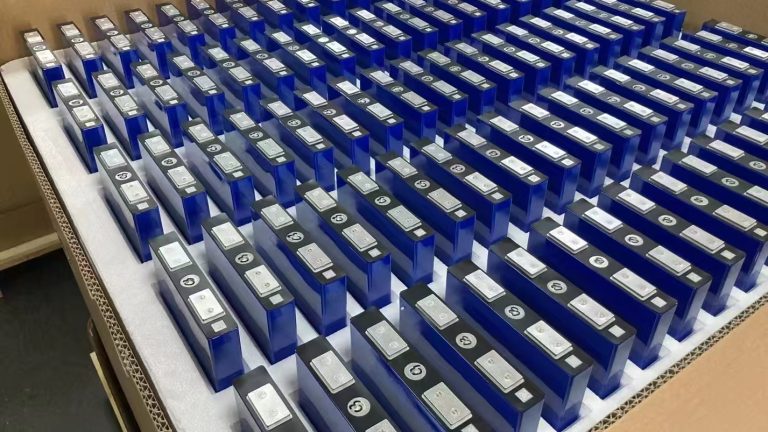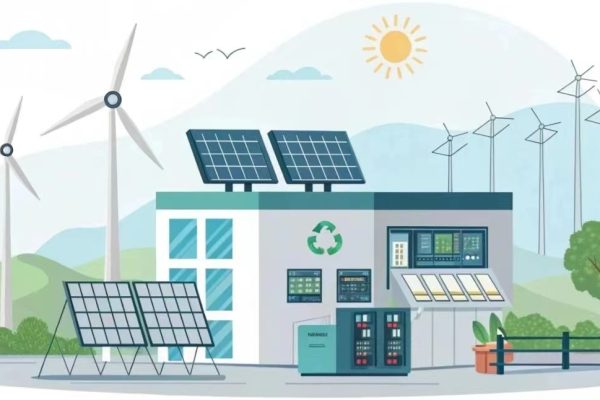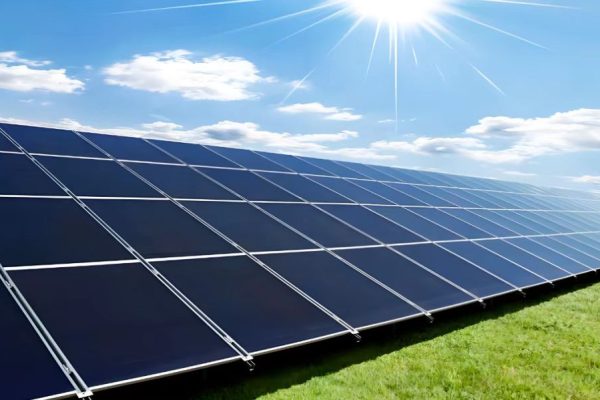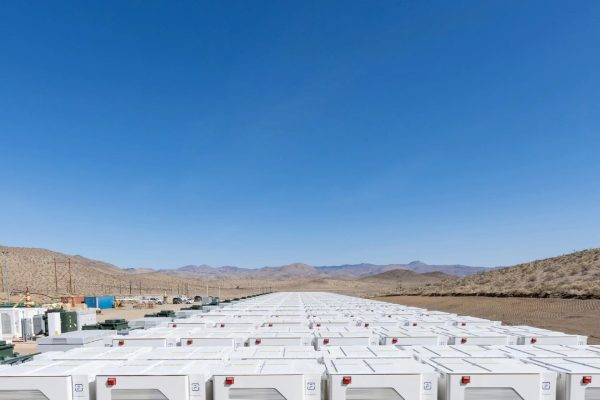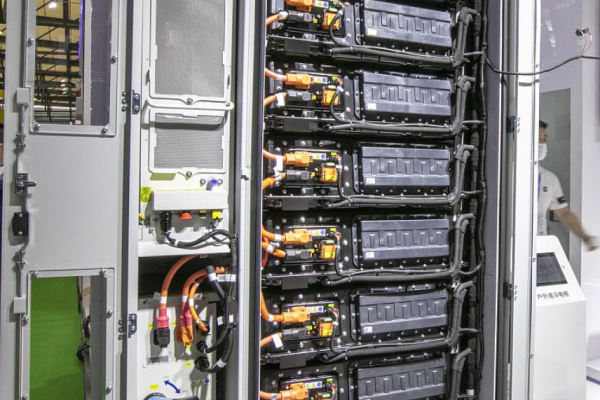Introduction
When it comes to building entry-level energy storage systems—especially for small-scale residential or commercial applications—choosing the right battery chemistry is a critical decision. For many project developers, installers, and foreign trade partners, the question often boils down to this:
Should I choose lead-acid or lithium-ion batteries for my storage system?
This article explores this question from both a technical and practical sourcing perspective, helping you understand which battery solution is more suitable for small energy storage systems. Whether you’re sourcing 5–50 kWh systems for residential users or small business owners, the decision you make will affect performance, cost, safety, scalability, and long-term satisfaction.
1. Understanding the Basics
1.1 What Is a Lead-Acid Battery?
Lead-acid batteries are the oldest and most established rechargeable battery technology. They consist of lead plates and sulfuric acid and are commonly used in automotive, telecom, and backup power applications.
There are two major types relevant to ESS:
- Flooded Lead-Acid (FLA)
- Valve-Regulated Lead-Acid (VRLA), including AGM and GEL
1.2 What Is a Lithium-ion Battery?
Lithium-ion (Li-ion) batteries use lithium-based cathodes and carbon-based anodes. For ESS, the most common type is LiFePO₄ (LFP), which is known for:
- High safety
- Long cycle life
- Stable thermal performance
2. Key Comparison: Lead-Acid vs. Li-ion
| Feature | Lead-Acid | Lithium-ion (LiFePO₄) |
|---|---|---|
| Cycle Life | 500–1,000 cycles | 3,000–6,000 cycles |
| Depth of Discharge (DOD) | 50%–60% recommended | 80%–100% usable |
| Energy Density | Low (30–50 Wh/kg) | High (120–160 Wh/kg) |
| Efficiency (Round-trip) | 75%–85% | 90%–98% |
| Maintenance | Regular (for FLA), Low (AGM) | None |
| Temperature Tolerance | Better cold tolerance | Better high-temperature tolerance |
| Safety | Stable but heavy | Safe (LFP), requires BMS |
| Initial Cost | Lower upfront | Higher upfront |
| Long-term Cost | Higher (due to replacement) | Lower (due to lifespan) |
3. Application Suitability in Entry-Level Systems
3.1 When to Choose Lead-Acid
Lead-acid batteries may still be a valid option if:
- Budget is extremely limited
- The system is not cycled daily (e.g., backup-only usage)
- Ambient temperature is very low, and heating is not available
- You are working on temporary or mobile installations (e.g., solar trailers)
Typical Lead-Acid Application Example:
A rural telecom backup system that cycles a few times per year.
However, even in small residential ESS systems, the space, weight, and lifespan disadvantages often outweigh the cost savings.
3.2 When to Choose Lithium-ion (LFP)
LFP batteries are increasingly the default choice for entry-level ESS, due to:
- High cycle life and deeper discharge
- Smaller space requirement
- Lower long-term maintenance
- Built-in smart BMS for protection and monitoring
Typical LFP Application Example:
A 10 kWh hybrid PV+ESS system in an urban house, with daily solar charging and evening discharge for self-consumption.
4. Cost Comparison (TCO vs. Upfront)
| Category | Lead-Acid (10 kWh) | LFP (10 kWh) |
|---|---|---|
| Initial Battery Cost | $1,500–2,000 | $3,000–4,500 |
| Cycle Life | ~800 cycles | ~4,000 cycles |
| Replacement in 10 Years | 2–3 times | Usually none |
| Total Cost Over 10 Years | $4,000–5,000 | $3,000–4,500 |
Though lead-acid appears cheaper upfront, the total cost of ownership (TCO) is usually higher, especially in daily cycling applications.
5. Technical Considerations When Sizing and Matching
5.1 Depth of Discharge & Usable Capacity
- A 10 kWh lead-acid system can realistically deliver 5–6 kWh usable energy.
- A 10 kWh LFP system can deliver 8–9.5 kWh usable energy.
This affects how you size your battery pack. For example, a client that requires 8 kWh/day should consider:
- 15–16 kWh lead-acid system
- 9–10 kWh LFP system
5.2 Charging Parameters
- Lead-acid: Slower charging, bulk-absorption-float stages
- LFP: Faster charging, typically constant current/constant voltage
Make sure your hybrid inverter or charge controller supports the right profile. Many modern hybrid inverters are optimized for LFP.
🔗 Related article: How to Match a Battery Pack with a Hybrid Inverter
6. Safety & Compliance Considerations
6.1 Lead-Acid Safety
- Heavy and prone to hydrogen gas emission (in flooded types)
- Acid spill risks if not properly installed
- Short circuit protection is minimal
6.2 LFP Safety
- Requires Battery Management System (BMS) to monitor temperature, current, and voltage
- Fire risk is low compared to other Li-ion chemistries (like NMC)
- Generally safer for indoor installations
For export purposes, LFP batteries are increasingly mandatory in high-safety markets like Australia, Europe, and Japan.
7. Shipping and Sourcing Perspective
7.1 Transport Classification
- Lead-acid: UN2794 or UN2800, less restrictive
- LFP: UN3480/3481, Class 9 Dangerous Goods
LFP batteries require UN38.3 test reports, MSDS, dangerous goods packaging, and customs declarations.
However, most suppliers now have standardized shipping documents for LFP products, making it manageable.
7.2 Supplier Availability
- Lead-acid suppliers are everywhere, but quality varies
- LFP suppliers are growing fast, with rack, wall-mounted, and modular cabinet designs available
✅ Tip: Work with suppliers that provide pre-configured systems with inverter + battery and ensure compatibility and documentation.
8. Conclusion: Which One Should You Choose?
If you’re building a modern entry-level storage system with the intention of daily cycling, self-consumption, or peak shaving, then LiFePO₄ is the clear choice despite a higher initial investment.
If your project is:
- Temporary
- Backup-only
- Extremely cost-constrained
… then lead-acid could still serve.
However, from the perspective of foreign trade professionals, LiFePO₄ battery systems help you deliver better performance, reliability, and satisfaction—making repeat business and technical trust easier to build.





